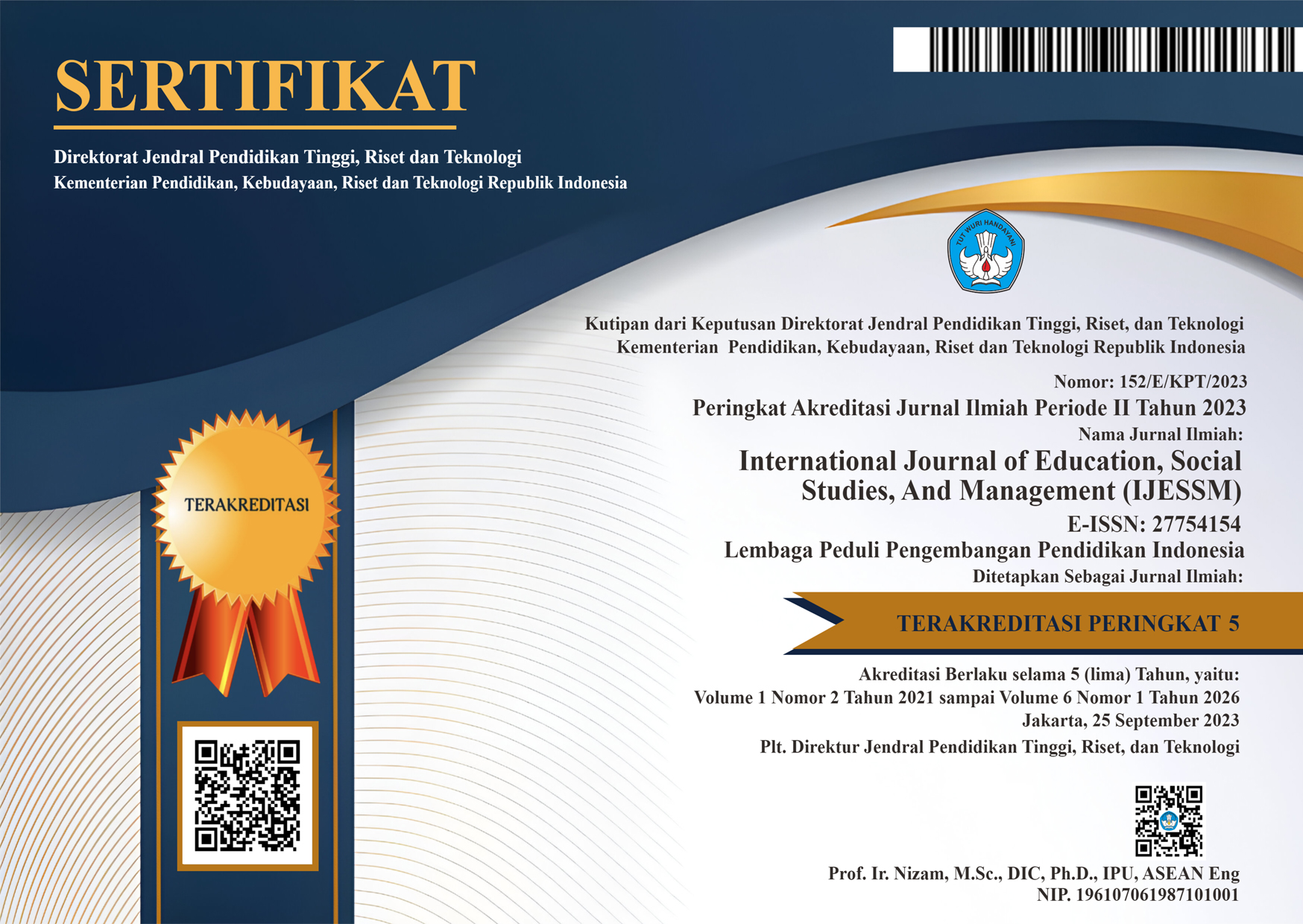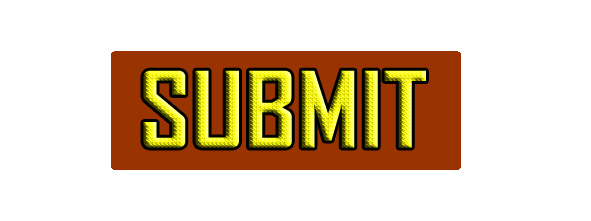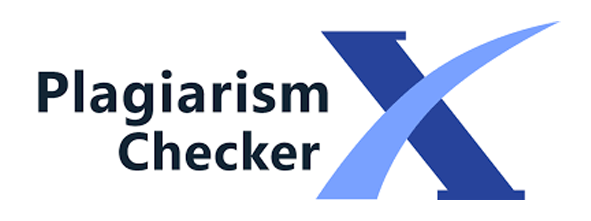Development Of Islamic Religious Education Module Higher Order Thinking Skills (HOTS) In Junior High School 7 State Medan City
DOI:
https://doi.org/10.52121/ijessm.v2i1.95Keywords:
Development, HOTS Module, Islamic Religious Education of Eight GradeAbstract
This research aims to develop Islamic Religious Education teaching materials based on Higher Order Thinking Skills (HOTS), as well as to determine the level of feasibility and effectiveness of its use. The beginning of product development is carried out by analyzing and observing the needs of students and teachers and is adjusted to the curriculum applied in schools. The feasibility test was carried out with a questionnaire assessment by three experts (Experts), namely material expert, design expert, linguist, and student involvement through individual and group trials. While the effectiveness of the product can be known through field trials. The research method used is the R and D or Research and Development method, which refers to the modified development model from Borg and Gall, through 7 development steps, namely: initial study, initial product, expert validation, product revision, individual and group trials, field trials, and final products. The results of the product development of the Islamic Religious Education module based on Higher Order Thinking Skills (HOTS) are very feasible and effective, the average score for the feasibility test is 88, 38% in the very feasible category, while the average score for the acquisition of the effectiveness test is 78, 64 %. Then, on the t-test, it was concluded that there was a significant effect on student learning outcomes before and after using the Higher Order Thinking Skills (HOTS) based Islamic Education module, with the average cognitive learning achievement before using the module being 58,25 and after using the modules is 90,50.
Downloads
Published
How to Cite
Issue
Section
License
Copyright (c) 2022 International Journal Of Education, Social Studies, And Management (IJESSM)

This work is licensed under a Creative Commons Attribution 4.0 International License.

















